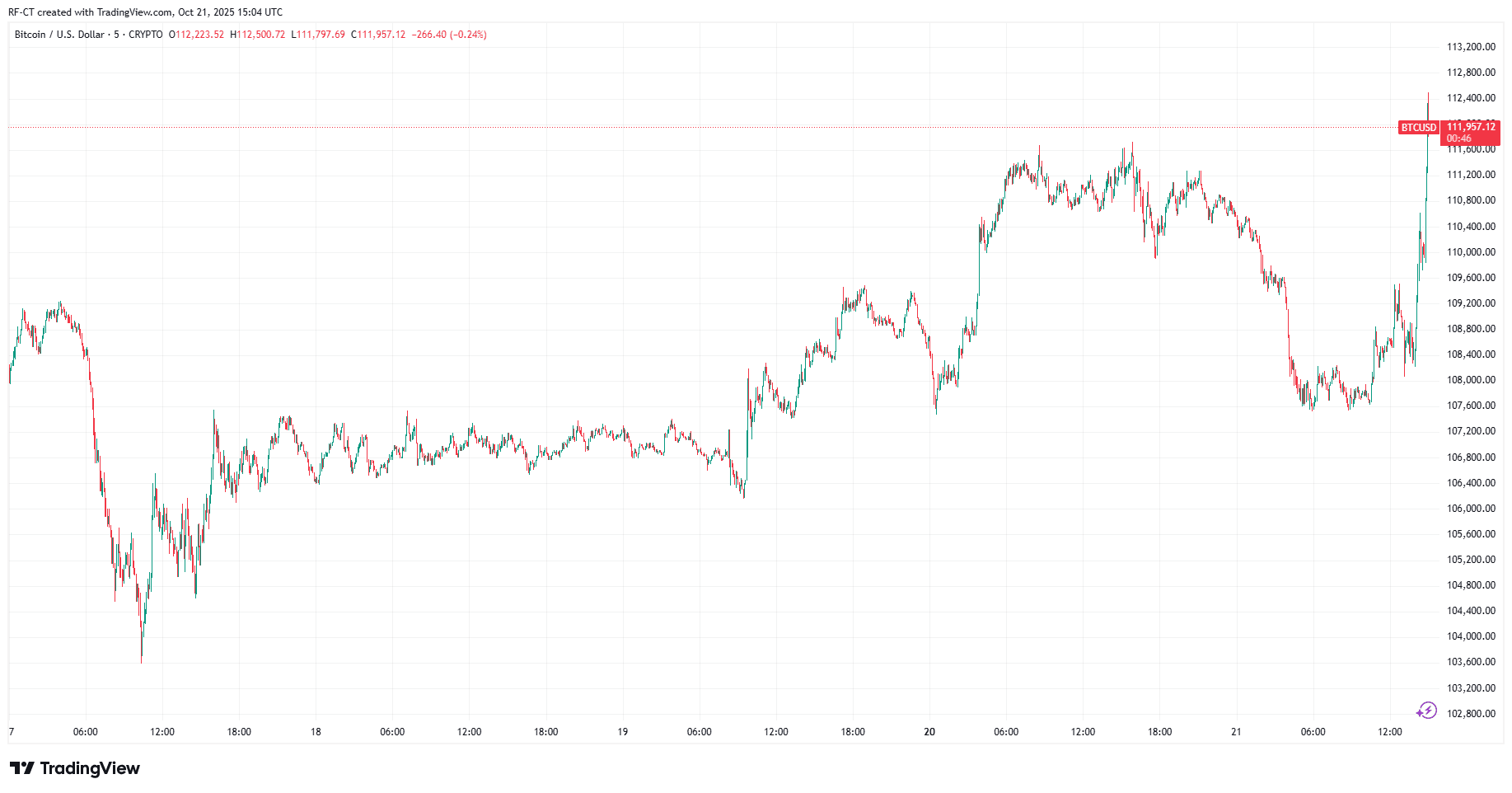Author: MONK
Translation: TechFlow
Over the past year, Crypto Twitter (CT) has gradually become filled with more and more crypto natives who feel pessimistic about the current state of the industry and belittle the innovation in our field and its asset class. These complaints do reveal some objective facts, often pointing out real problems that exist in the crypto industry as a whole. However, I firmly believe that the pendulum has swung too far towards “doomsday” thinking.
In my view, pessimism in the crypto industry is a well-intentioned but dangerous and misleading mindset, and it has become far too common. This article aims to reject such crypto pessimism by reviewing the experiences of our technological predecessors. The situation is not as bad as some describe.
Please allow me to start from some common positions.
-
Tokens and tokenomics are largely unbalanced
-
An increasing number of low-quality developers are distracting truly excellent developers
-
Scams and profiteering are becoming more rampant
-
The number of “real” protocols accounts for only a tiny proportion of the entire crypto world
-
There are very few tokens truly worth investing in
-
Protocol governance is often inefficient
-
The industry still has many historical issues to resolve
Most of these problems stem from the following core issues:
-
We are in a period of regulatory uncertainty
-
Crypto technology has made asset creation and acquisition frictionless
-
The industry has historically rewarded bad behavior
The good news is that these problems are solvable, or rather, they are inevitable byproducts of an open but immature industry. But I think, deep down, we all understand this.
I believe the real reason for the recent surge and outbreak of pessimism in the crypto industry is because it has become increasingly difficult for market participants to achieve excess returns. This has led to a lingering sense of frustration and impatience.
But this has nothing to do with a lack of innovation, and everything to do with the structure of our asset class.
Let’s first look at what we have already achieved:
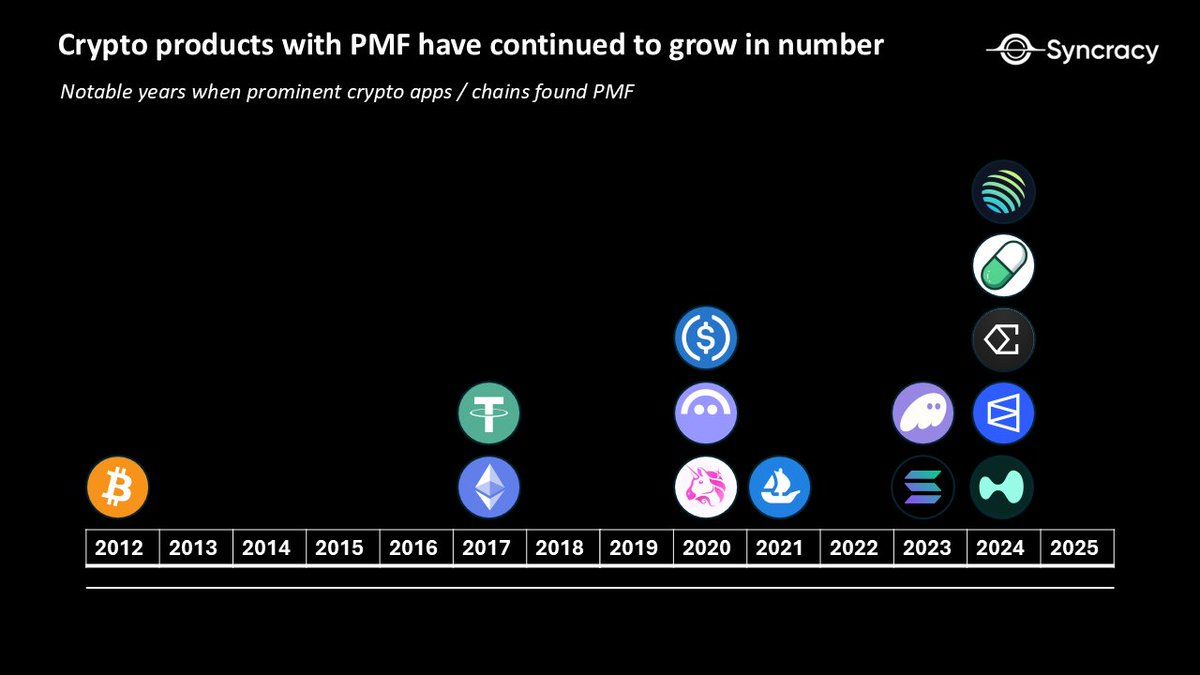
Here are some crypto products that I believe have found product-market fit (PMF), or at least opened the path to PMF for crypto verticals. Although there aren’t many such products, with each development “cycle,” we are able to create more meaningful products based on infrastructure improvements and accumulated knowledge.
Some people may see these achievements and realize that good things take time, and perhaps the industry’s growth trajectory isn’t as bad as you initially imagined.
On the other hand, some may respond: “Well, that’s nothing special.”
For those who hold the latter view, allow me to show you this:

Recognize them? Probably not. These are the old homepages of early internet companies from the “dot-com bubble” era. Of course, these pages are completely different from the internet we know and love today.
Here are some publicly listed internet companies that failed after the dot-com bubble burst, data sourced from Wikipedia:
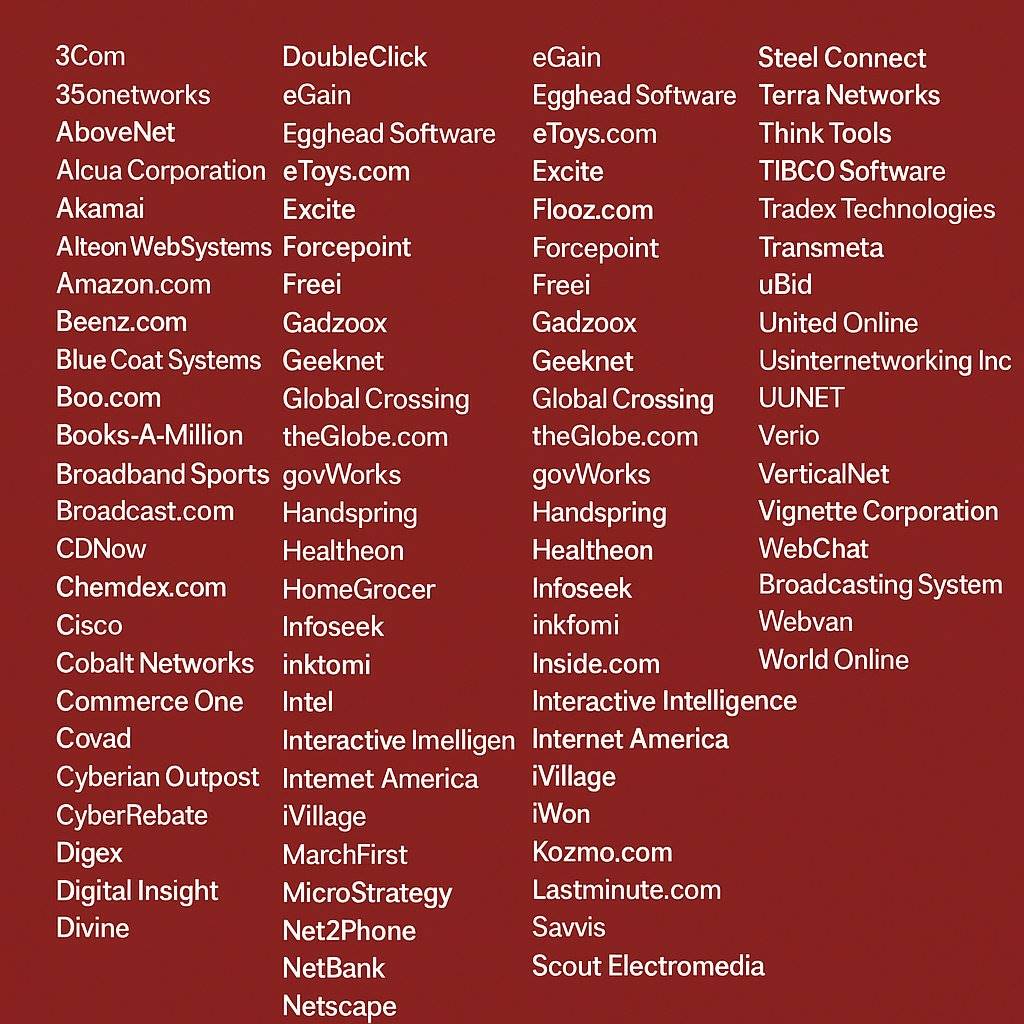
Amazon’s stock plummeted by more than 90% in two years, dropping from a high of $107 to a low of $7, and did not fully recover until 2010.
In fact, the number of “failed” companies was much higher. The number of companies that failed to go public was in the thousands, but they may still have cost venture capitalists a lot of returns.
The good news is, we also got these brilliant pearl enterprises:
-
Amazon—founded July 5, 1994
-
Netflix—founded August 29, 1997
-
PayPal—founded December 1998
-
Google—founded September 4, 1998
-
Meta (Facebook)—founded February 4, 2004
Similarly, although artificial intelligence (AI) is highly regarded as an innovative technology category and growth narrative, I would not be surprised if, ten years from now, we also see a similar “power law of survival” (i.e., a few companies succeed and dominate the market).
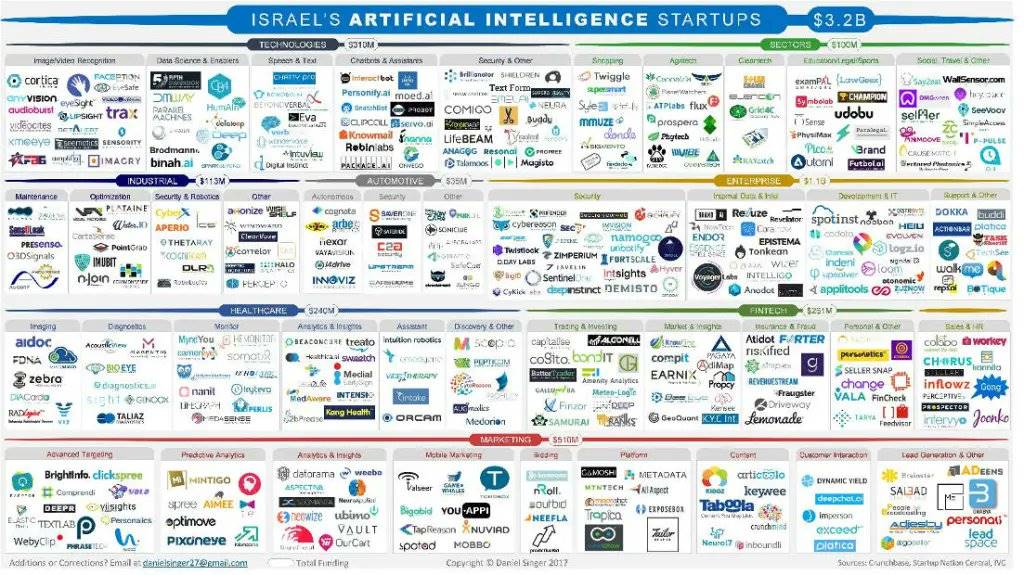
These are the leading AI startups that just emerged in Israel in 2020.
So, if all leading technology fields have 99.9% of opportunists fail, why does failure in the crypto industry feel so painful?
It’s because by attaching a publicly traded token code to every project, we’ve effectively turned everyone into a venture capitalist. Then, by allowing any developer to create a viable and investable “startup” without any due diligence, we have dramatically increased the number of investable “companies.” This has led to a large number of retail investors experiencing what it’s like to invest in an asset class with an extremely low success rate, further exacerbating negative sentiment towards the crypto industry.
Imagine if every founder during the dot-com era could raise funds from a group of enthusiastic and risk-taking retail investors through an ICO (Initial Coin Offering), even if their product barely worked, skipping the seed round -> private round -> IPO process. And then add a “Pump.fun” (referring to a hype platform for price surges), or even remove the product altogether.
Of course, our asset class would become a minefield full of token codes, many of which would eventually crash by 90%.
So, back to the question, what have we actually achieved?
Today, BTC (Bitcoin) has become a $2 trillion asset, evolving from a marginalized, cypherpunk fantasy proposed by an anonymous founder in just 16 years.
Since we first had programmable smart contract platforms, in the past decade:
-
We have built a peer-to-peer internet capable of withstanding “World War III,” protecting hundreds of billions of dollars in value.
-
We have developed a higher-performance version that allows users to create permissionless assets with a single click, while supporting billions of dollars in daily decentralized exchange (DEX) spot trading volume.
-
We have enabled the world to have tokenized dollars and send any amount of money instantly to anyone at extremely low cost.
-
We have brought financial primitives (such as lending and passive yield) on-chain.
-
We have built a transparent, borderless, KYC-free derivatives exchange with trading volume comparable to Robinhood, while returning almost all revenue to its token holders.
-
We are reshaping market structure, creating new ways for people to buy, sell, long, and short assets, while creating entirely new asset types (such as prediction markets, perpetual contracts, etc.).
-
We have made six-figure JPEG images a phenomenon.
-
We have created absurd internet communities that have pushed some meme token codes to valuations surpassing public companies.
-
We have pioneered new ways of capital formation, such as ICOs and Bonding Curves.
-
We are exploring how to make finance and money more private.
As I often say, we have provided anyone with an internet connection an emerging alternative to the financial system, a system that is another choice compared to the one they are forced to accept due to their nationality. Our alternative is still young, but it is freer, more open, and full of fun.
Every year, we provide the market with an opportunity to buy into epoch-making technology at extremely low valuations. All you need to do is filter out the real value from the noise.
At Syncracy, we firmly believe that the “FAANG” of the crypto industry (referring to giants like Facebook, Apple, Amazon, Netflix, and Google in tech) have already begun to emerge, and every one or two years, new strong contenders appear.
I am often reminded of this quote, which helps me better understand the industry we are in:
“Our intuition about the future is linear. But the reality of information technology is exponential, and that makes a profound difference. If I take 30 steps linearly, I get to 30. If I take 30 steps exponentially, I get to a billion.”
—Ray Kurzweil, The Singularity Is Near: When Humans Transcend Biology
We always expect the crypto industry to make linear, incremental progress every year, and invest money in a bunch of worthless projects, hoping that this year will yield more than the last.
However, this often leads many people to feel disappointed and suffer losses. But this does not mean we should face a barrage of “doomsday” tweets, endlessly criticizing our achievements and development trajectory, especially when all other “real” technology fields have experienced the same growing pains. It’s just that in crypto, the pain feels sharper because each of us has become a financial stakeholder.
Looking ahead to the next decade, no one can truly predict what will happen, and I don’t think innovation will proceed according to our expected timeline. Some years, nothing may happen, while at other times, massive changes may occur in an instant. I believe it is entirely possible that in three years, we will go from seven to twenty protocols with product-market fit (PMF).
If you want to know how the stories of our predecessors in the dot-com bubble ended, it took us 15 years to fully recover:
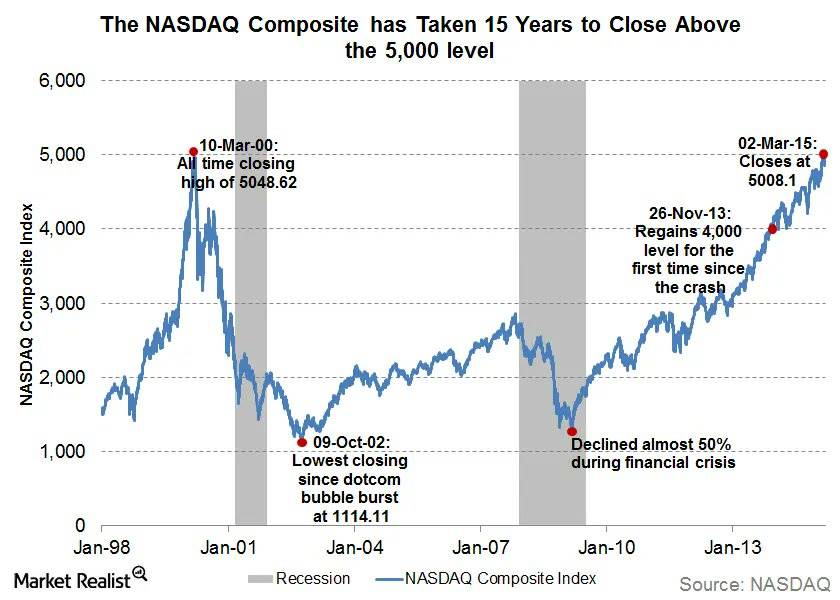
But we all know what happened since then:
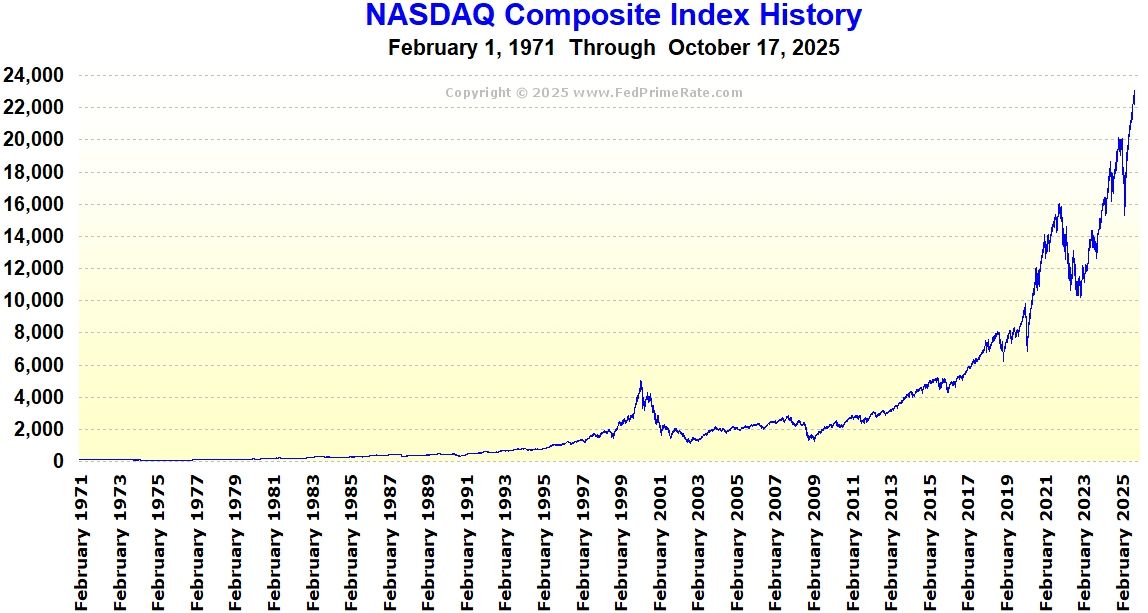
And now, just as the older generation, Wall Street elites, and the top echelons of the US government are finally starting to notice and respect the crypto industry, many of our early users seem to be losing faith in our mission. I completely refuse to accept this.
Bitcoin is still digital gold, we are still building new financial primitives, and we are still making the world better and more interesting.
For some of us, as investors, there are still many opportunities to outperform the market.
Choose to stay optimistic about crypto!



